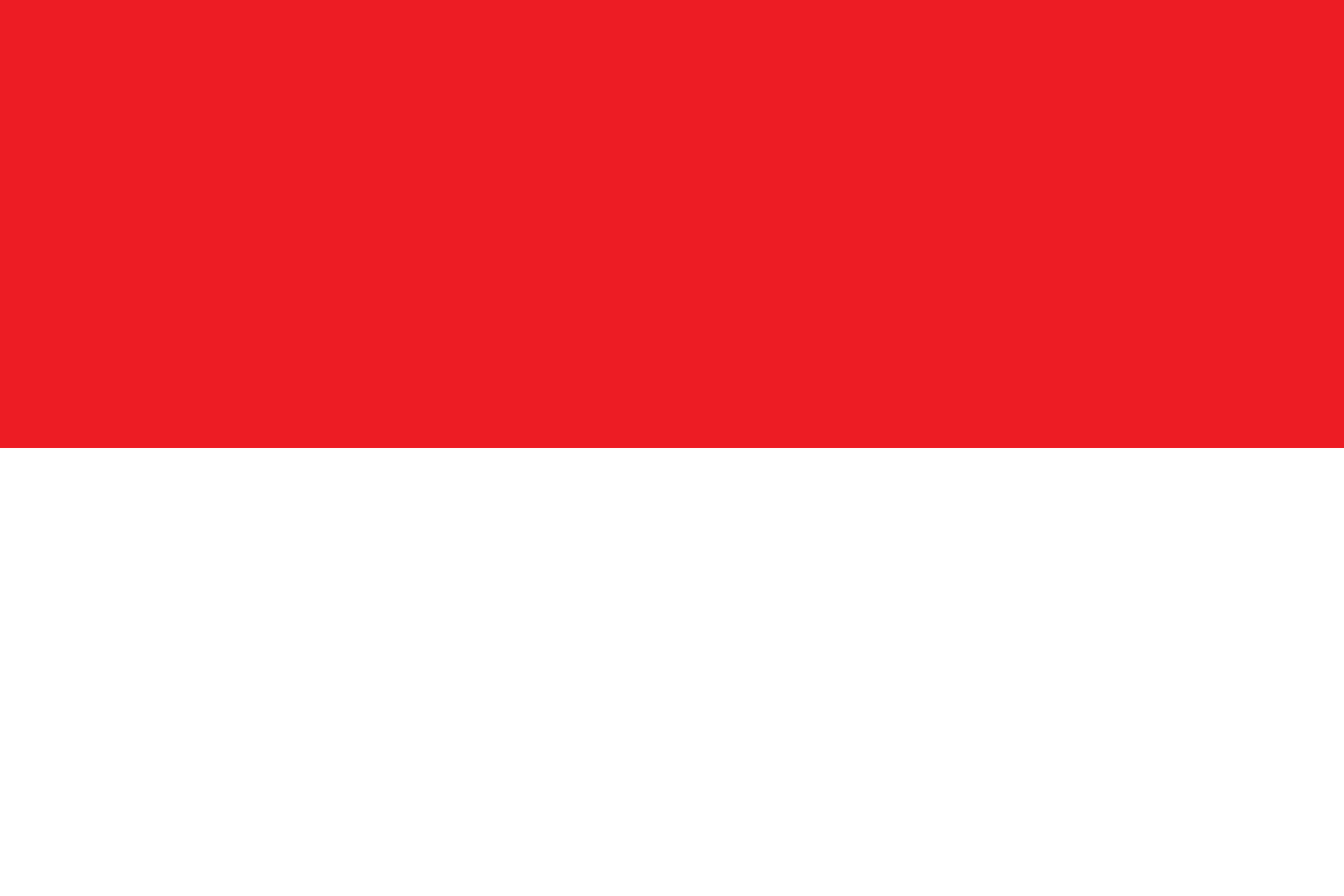Analysis of the Leading and Non-Leading Sectors of South Sulawesi's Revenue Potential
DOI:
https://doi.org/10.21009.132Keywords:
Leading Sector, Non-Leading Sector, Location Quotient, Klassen Typology, GRDP, GDP, leading sector, non-leading sector, location quotient, klassen typology, grdp, gdpAbstract
This study aims to identify leading sectors and non leading sectors and analyze the potential of non leading sectors in South Sulawesi. This research method uses Location Quotient (LQ) to measure sector concentration relative to the national level and Klassen Typology to classify economic sectors based on growth dynamics and regional economic contribution. This research utilizes data from the Central Bureau of Statistics (BPS) of Indonesia and South Sulawesi covering the years 2019-2023. The results show that sectors such as agriculture, forestry, fisheries, construction, wholesale and retail trade, financial and insurance services, education services, and health services and social activities are leading sectors with significant comparative advantages. In contrast, sectors such as mining, manufacturing, transportation, warehousing, accommodation and food services, and information and communication have the potential to be further developed with appropriate investment and supportive policies. Strategies to develop non-lead sectors include increased investment in technology and infrastructure, human resource development, and the provision of strong policy support. These developments are critical to diversifying the economy and achieving sustainable growth in South Sulawesi.
References
Anwar, C. (2023). Location Quotient Analysis in Determining Base and Non-Basic Sectors in East Java Province. International Journal of Global Accounting, Management, Education, and Entrepreneurship, 3(2), 101–116.
B, Prabowo., & P, S. (2020). Challenges in the Agribusiness Sector in Central Java. Indonesian Journal of Agribusiness.
Darda, T., Patra, I. ketut, & Mustafa, S. wahyuni. (2021). Analisis Ketimpangan Pembangunan Di Kabupaten Luwu Tahun 2011-2019. Jurnal Ilmiah Ekonomi Dan Bisnis, 18(2), 176–182. https://doi.org/10.31849/jieb.v18i2.5500
Hana Mumtaz, & Sukarsih, I. (2022). Taksiran Matriks Teknologi untuk Menentukan Sektor Unggulan di Suatu Wilayah Menggunakan Metode RAS. Jurnal Riset Matematika, 1(2), 137–144. https://doi.org/10.29313/jrm.v1i2.485
Hariyanti, E. (2022). Identifikasi Pusat Pertumbuhan dan Sektor Ekonomi Unggulan di Kawasan Wanarakuti. Geodika: Jurnal Kajian Ilmu Dan Pendidikan Geografi, 6(1), 1–12. https://doi.org/10.29408/geodika.v6i1.4362
Harjanti, D. T., Apriliyana, M. I., & Arini, A. C. (2021). Analysis of Regional Leading Sector Through Location Quotient Approach, Shift Share Analysis, and Klassen Typology (Case Study: Sanggau Regency, West Kalimantan Province). Jurnal Geografi Gea, 21(2), 147–158. https://doi.org/10.17509/gea.v21i2.38870
Hasanuddin, A. (2022). The Hidden Potential of Non-Mainstream Sectors in Regional Economies: A Case Study from Indonesia. Asia Pacific Journal of Regional Science, 6(1), 123–142. https://doi.org/10.1007/s41685-021-00218-7.
Jauhari, A. (2020). Pemanfaatan SIG untuk Pemetaan Kawasan Produksi Komoditas Unggulan Tanaman Pangan di Kabupaten Pacitan. Journal of Regional and Rural Development Planning, 4(3), 154–171. https://doi.org/10.29244/jp2wd.2020.4.3.154-171
Jones, C. I., & Klenow, P. J. (2020). Beyond GDP? Welfare across Countries and Time. American Economic Review, 110(9), 2824–2857.
Lee, J., & Kim, Y. (2023). The Role of Non-Primary Sectors in Regional Economic Diversification: Evidence from Sulawesi. Journal of Asian Economic Integration, 15(2), 200–218.
M, R., & H, P. (2022). Sustainability of Primary Sectors and Their Impact on Local Economies: A Case Study of Sulawesi. Southeast Asian Economic Review, 19(1), 55–75.
Masik, G., Sagan, I., & Scott, J. W. (2021). Smart City strategies and new urban development policies in the Polish context. Cities, 108(June 2019), 102970. https://doi.org/10.1016/j.cities.2020.102970
Nugraha Rusli, A., Roza, A., & Mulya Rusli, A. (2021). Analisis Sektor Basis dan Sektor Non Basis dalam Upaya Peningkatan Sarana dan Prasarana Perkotaan di Kota Padang. Jurnal Saintis, 21(01), 45–52. https://doi.org/10.25299/saintis.2021.vol21(01).6537
Pangow, J. R., Memah, A., Busdan, D., Rorong, P. . I., & Maramis, T. B. M. (2023). The Analysis of Economic Sector Potential in Surabaya using Location Quotient, Shift Share, and Klassen Typology in 2015-2019. Open Access Indonesia Journal of Social Sciences, 6(1).
Rasulong, E, Jusriadi., & S, syafruddin. (2022). Analysis of Leading Economic Sectors of Soppeng Regency, South Sulawesi Province. Jurnal Ekonomi Balance. Jurnal Ekonomi Balance
Syahfera, N. E., & Sunyigono, A. K. (2021). Studi Penetapan Komoditi Unggulan Tanaman Perkebunan di Kabupaten Sumenep Provinsi Jawa Timur. Agriscience, 2(2), 314–331. https://doi.org/10.21107/agriscience.v2i2.11469
Thompson, R., Johnson, M., & Carter, L. (2024). Infrastructure and Policy Needs for Emerging Sectors in Southeast Asia. Development and Change, 55(1), 22–46.
Wahyudi, Widya, W. (2021). Analisis Penentuan Sektor Unggulan Perekonomian Wilayah Kabupaten Pasaman. Jurnal Pembangunan Nagari, 6(2). https://doi.org/https://doi.org/10.30559/jpn.v6i2.225
Zuhdi, F. (2021). Peranan Sektor Pertanian terhadap Pertumbuhan Ekonomi Kabupaten Kampar. Jurnal Ekonomi Pertanian Dan Agribisnis, 5(1), 274–285. https://doi.org/10.21776/ub.jepa.2021.005.01.25






